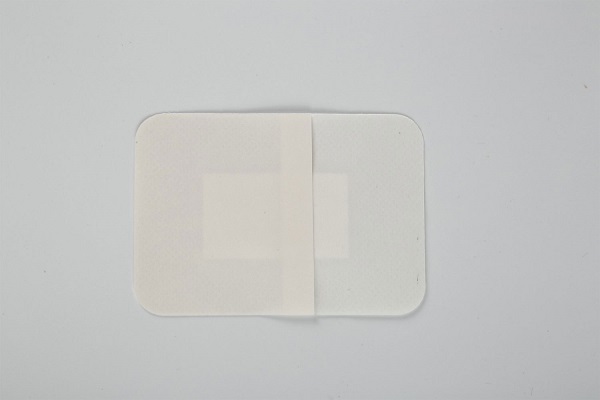Wound care is an essential part of healthcare and plays a central role in rehabilitation and infection prevention. Among the many advances in this field, nonwoven wound dressings have emerged as a premium alternative to traditional gauze due to their greater absorbency, breathability, and patient comfort.
Nonwoven wound dressings are made of fibers bonded by mechanical, thermal, or chemical processes, rather than woven or knitted. These dressings are usually made from synthetic materials (e.g., polyester, polypropylene) or blends with natural fibers such as viscose fibers. Their structure allows for a soft, flexible fabric that perfectly adheres to the skin and wound surface.
Highly Absorbent: Nonwoven Dressing absorbs exudate effectively, keeping the wound dry and promoting faster healing. Its layered structure helps control wound drainage without adhering to the wound bed.
Breathable: These dressings allow air to circulate while maintaining a moist environment, facilitating optimal wound healing and minimizing the risk of maceration.
Non-adherent surface: The non-adherent design ensures that the dressing will not adhere to the wound, thereby reducing trauma during dressing changes and increasing patient comfort.
Sterility and safety: Nonwoven dressings are generally sterile and hypoallergenic, making them suitable for patients with sensitive or allergic skin.
Versatility: They are available in a variety of forms, such as pads, island dressings, or dressings with adhesive edges, and are suitable for a wide range of wound types - from surgical incisions and abrasions to chronic wounds such as ulcers.
Common applications: Post-operative wounds: ideal for protecting incisions due to its gentle contact layer and strong absorbency.
Minor cuts and abrasions: for everyday household or first aid kit wounds.
Chronic wounds: for the treatment of diabetic ulcers, pressure sores, and venous leg ulcers.
Burns: its non-stick properties make it ideal for delicate and sensitive burned areas.
| Feature | Non-woven Dressing | Traditional Gauze |
| Absorbency | High | Moderate |
| Adherence to wound | Non-adherent | Often sticks |
| Comfort | Soft and conformable | Can be rough and stiff |
| Cost-effectiveness | Slightly more expensive but efficient | Low cost, but may require more frequent changes |
| Breathability | Good | Variable |
Nonwoven wound dressings represent a significant advancement in wound care technology, improving patient outcomes through enhanced absorbency, comfort, and ease of use. Whether used in hospitals, clinics, or at home, they provide a reliable and hygienic solution for the treatment of both acute and chronic wounds. As healthcare continues to evolve towards more patient-centered and efficient treatments, nonwoven dressings will remain an indispensable tool in modern medical practice.
